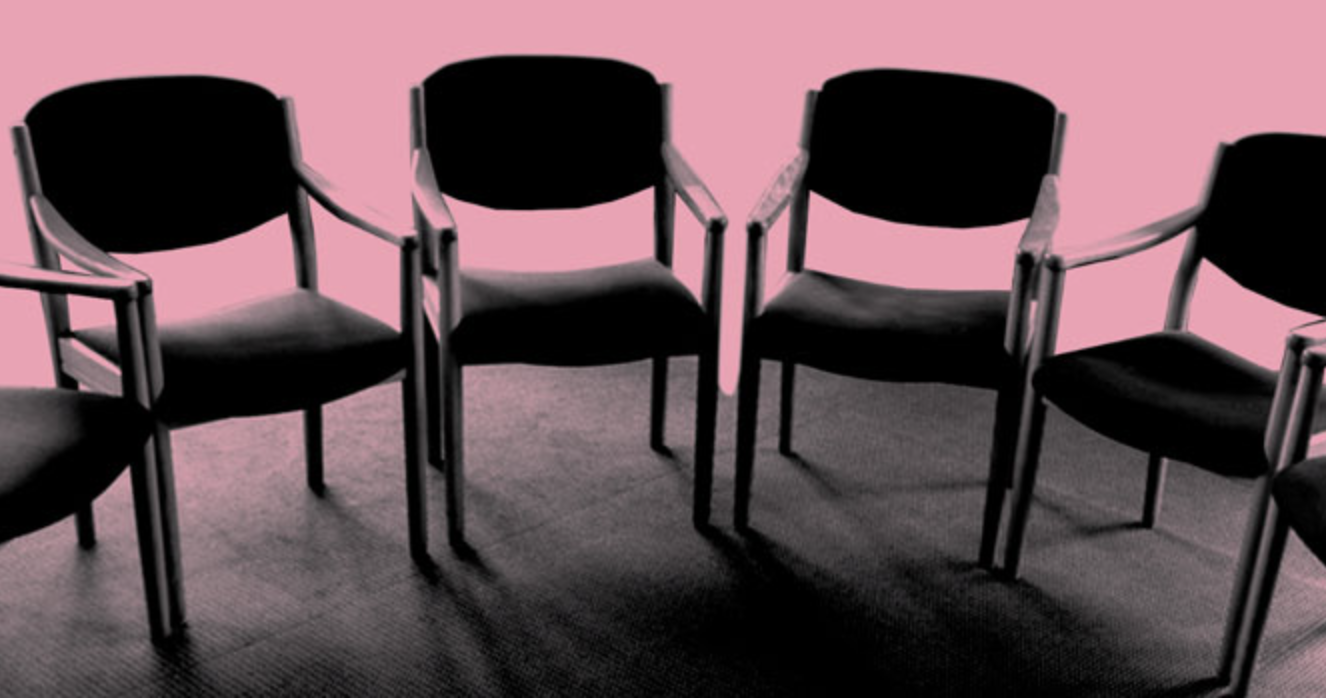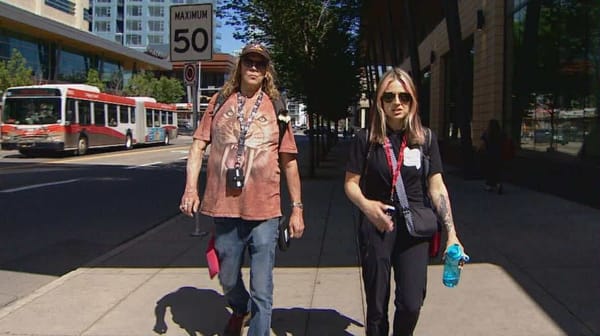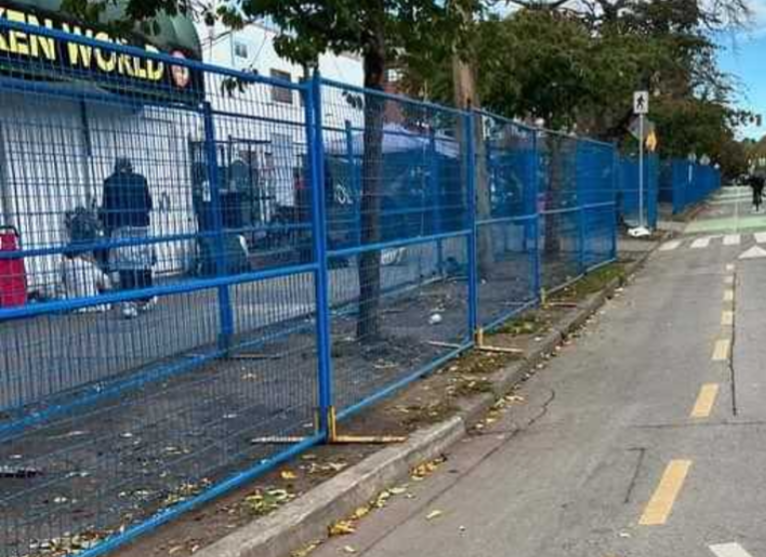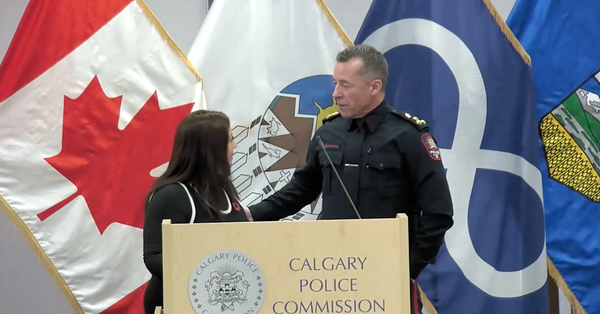What's wrong with rehab?

The lack of accountability in the “Alberta Model” for dealing with drug use: teaser from a long-form piece in Alberta Views, online now.
Since submitting this story for publication with Alberta Views, Drug Data Decoded has uncovered additional unsettling information about how the Alberta government may be hiding outcome data within Last Door Recovery's My Recovery Plan. This was the basis for The Alberta government is privatizing recovery data, published December 12, 2023. The government's system was also recently discussed on CJSW's Palgary Almanac.
The full story in Alberta Views can be found here.
On a frigid February night in Edmonton, I’m downtown with 4B Harm Reduction. The street outreach conducted by this non-profit society is time-tested—scour the city’s forgotten corners for people who need support. On any given shift, they might respond to drug poisonings, frostbite, heatstroke, hunger, fatigue-induced psychosis or the many barriers to accessing shelter. Mostly 4B aims to keep hope alive despite society’s structural neglect.
Tonight we’ve gathered in an underground LRT station passageway. Beside us, a long stretch of yellow fencing separates us from a lone electrical outlet, a rare treasure in public spaces. The outlet was recently deemed too popular among the city’s unhoused citizens—hence the fence.
Through slurred speech, Brandon Shaw fawns over my toque, which reads “Hoot ’n’ Blow” beside an owl logo. I offer it as a trade for his, but he declines. Someone later explains Shaw was afraid he’d picked up lice in the shelters. He was protecting me.
Brandon is the namesake of the organization (“For B”), which was launched by his mother, Angie Staines. He’s 28 years old and still alive after 12 years unhoused—but only just. In the summer of 2022, Staines and her team found Brandon blue-lipped, deep in a fentanyl poisoning. They revived him with naloxone and oxygen. But in the ensuing months he was set on fire during a drug deal gone wrong, then suffered a kidney infection, then withered through the dysentery that hospitalized over 100 of his unhoused neighbours.
Like everyone down here, Shaw’s life could have taken any number of trajectories. Twelve years earlier he had been a multitalented and athletic kid running full speed into behavioural challenges. “I left home for the first time out of fear and shame of the pain and harm I was causing my family,” he says. “I knew something was up with me; I just didn’t know what.” He quickly gave up on youth shelters. “I didn’t last long, because of my drug use and mental health,” he says (many shelters have strict abstinence policies). “And nobody asked me what I want or what I need.” So, managing bipolar disorder and ADHD with street drugs, the runaway teenager took up residence in a tent.
Years later Shaw would wait months on a medical detox list, only to be refused support for his potentially seizure-inducing benzodiazepine withdrawal. Given that his earlier attempts at detox from benzodiazepine-laced fentanyl “felt like having a stroke,” he was desperate for a better option.
Like so many other people 4B was out to support that night, Shaw is up against systems seemingly built to fail. Successive provincial governments have ignored survivors like him while holding fast to outdated conceptions of drug use and addiction.
Read the rest of "What Wrong With Rehab?" here:







